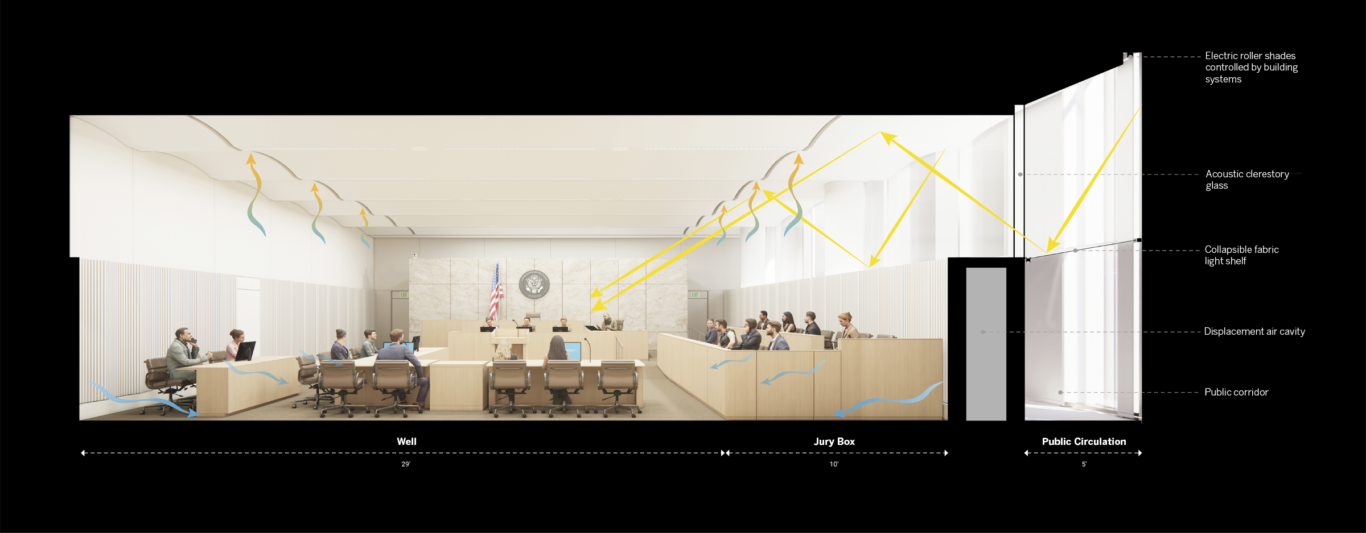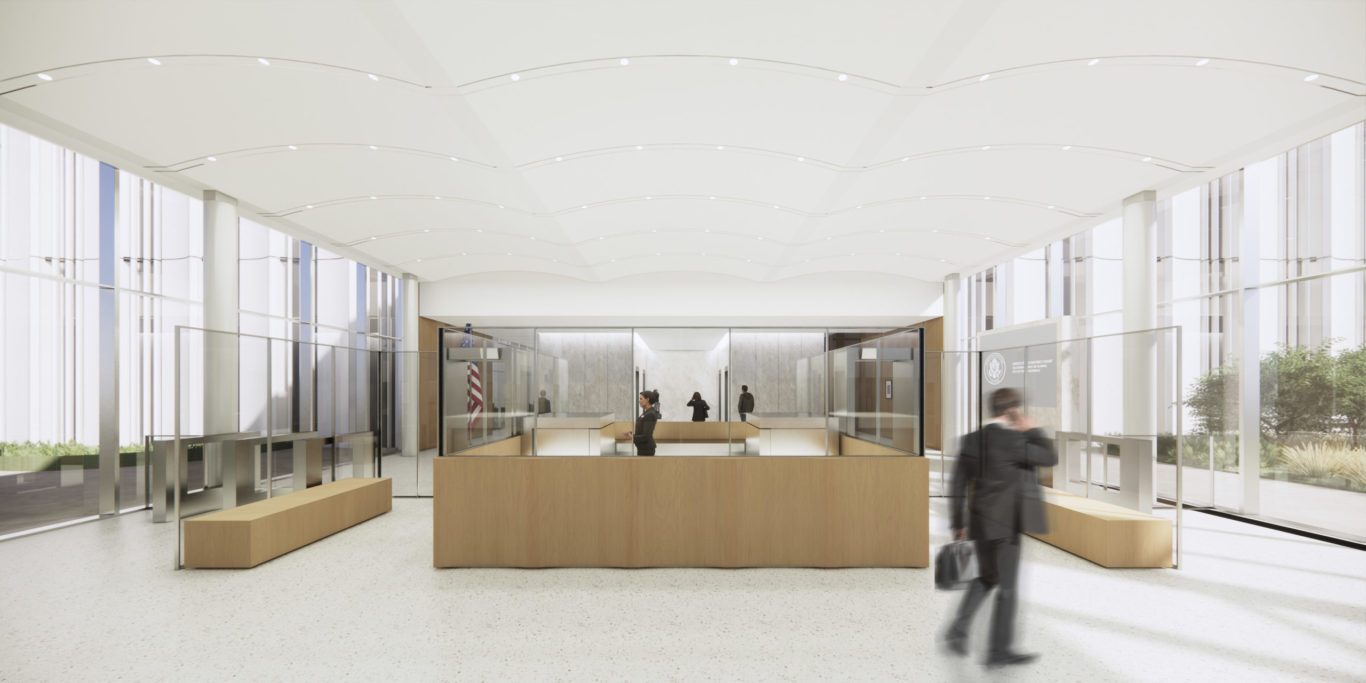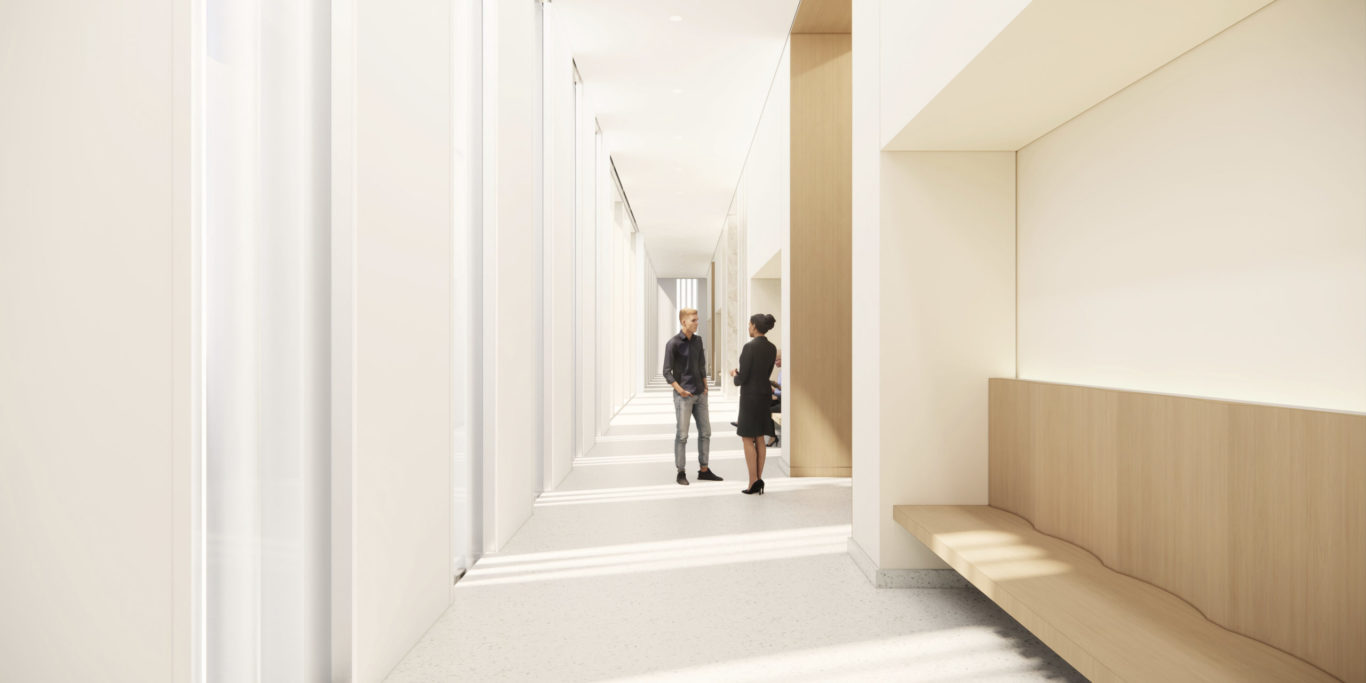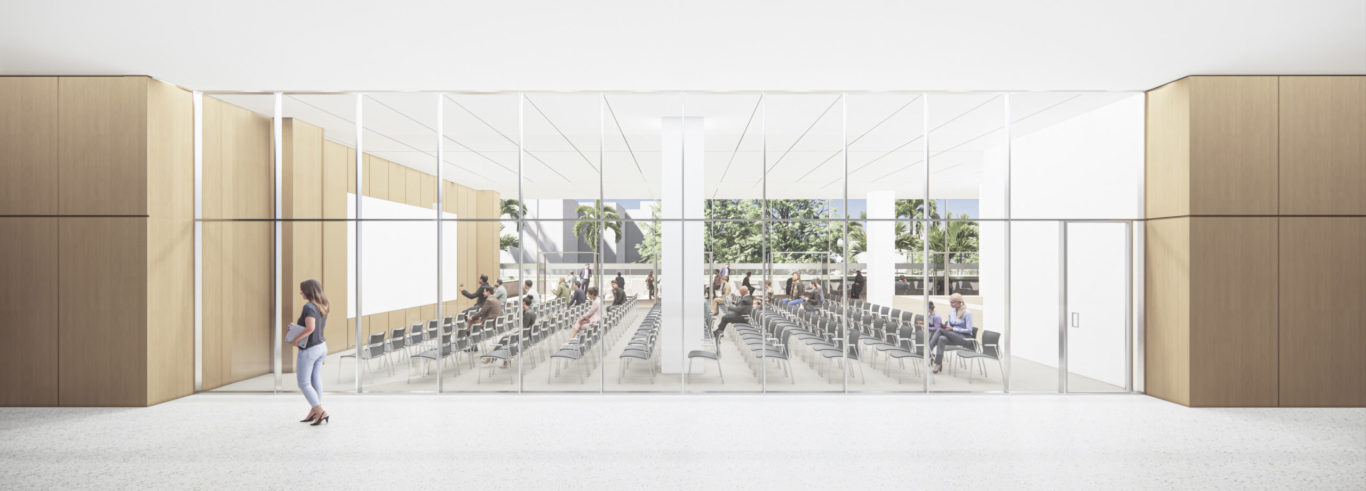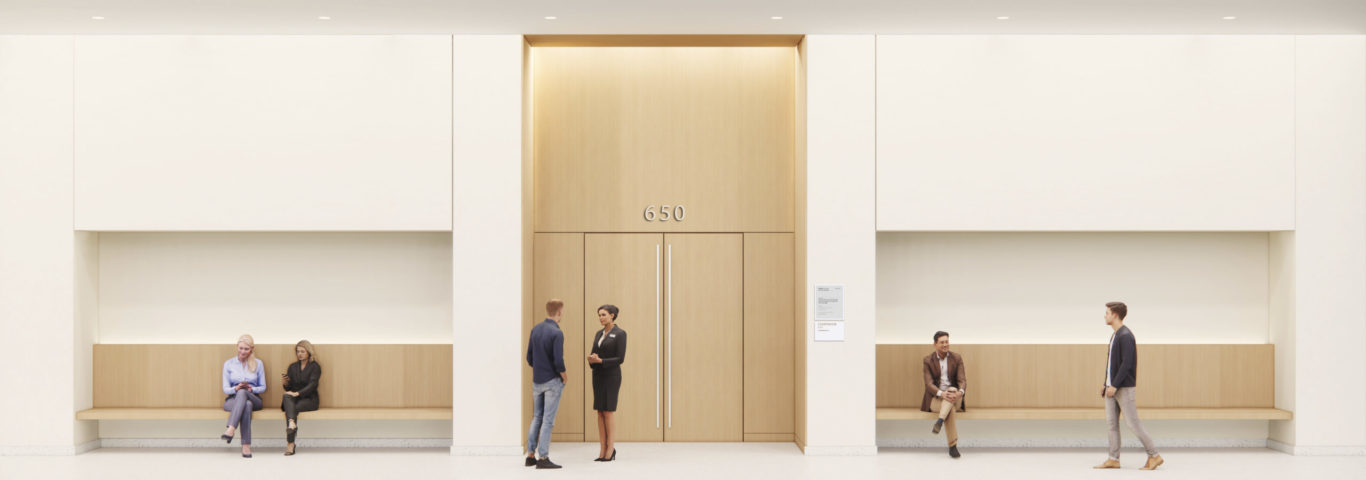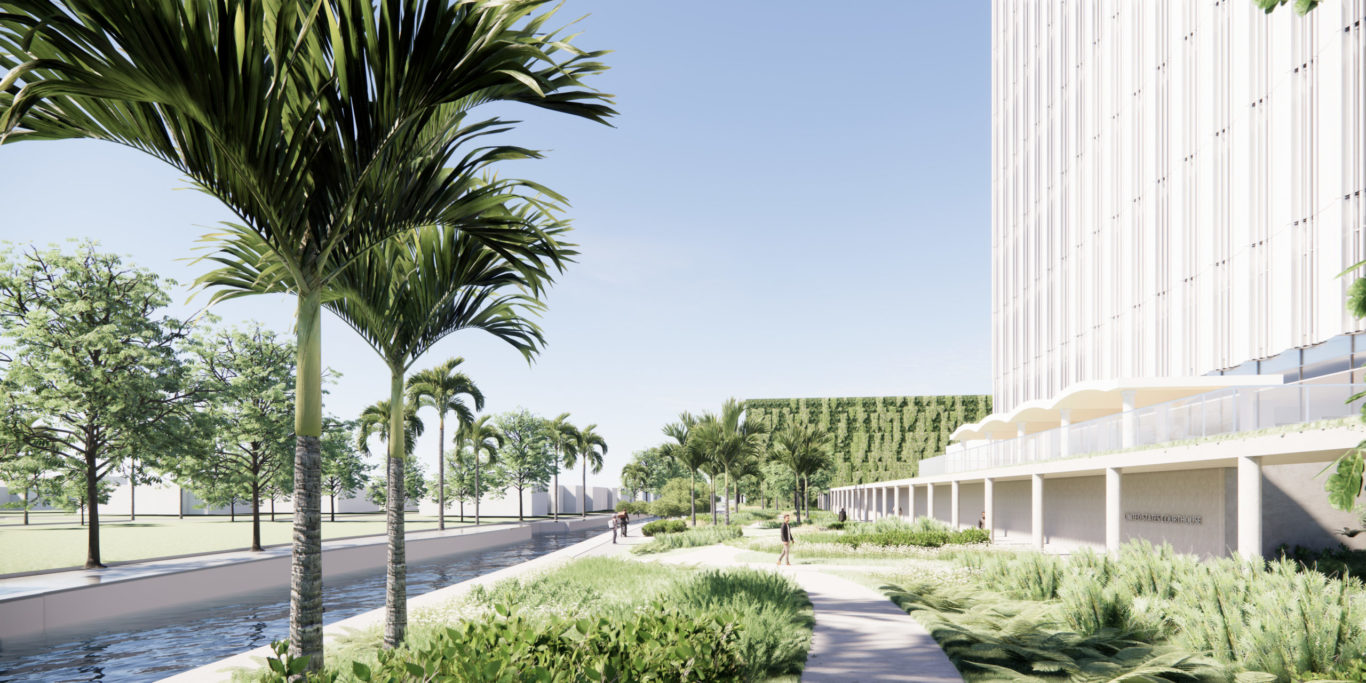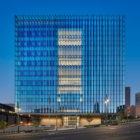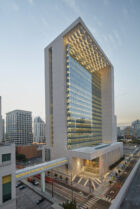Civic presence at a human scale
The new courthouse, located along the southern bank of the Tarpon River, establishes a civic presence that is at once grand and approachable. It rises in a symmetrical cubic form that evokes monumental classical architecture, and is fronted by a single-story shaded colonnade that creates a welcoming arrival experience. The building will be surrounded by new, accessible green spaces, including a riverfront trail retaining existing mangroves.







